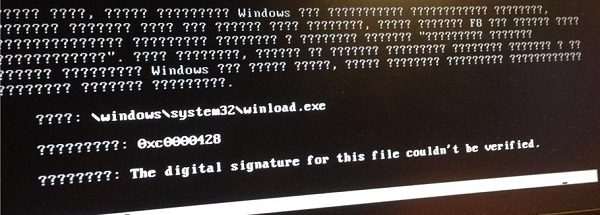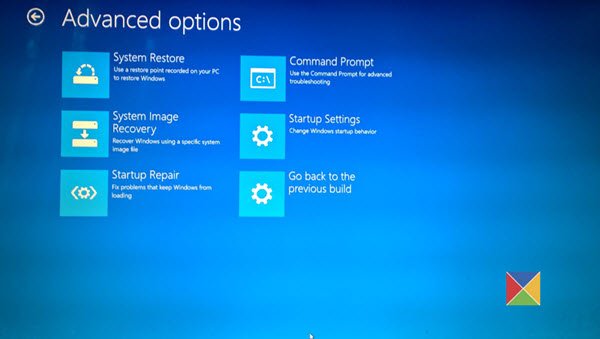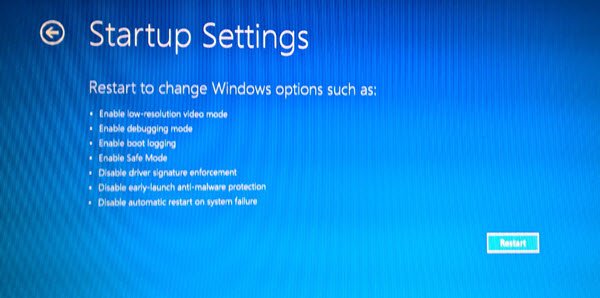Blue-screen errors can be very difficult to handle, especially if the system crashes and does not boot afterward. Since you won’t be able to log on to the system and no mode including Safe Mode would work, you wouldn’t be able to troubleshoot. One could try to boot into Advanced Startup Options and troubleshoot or repair the OS or, as a last step, re-install the operating system using an external recovery media. One such error that could create such problems is:
The digital signature for the file couldn’t be verified, File: \Windows\system32\winload.exe, Error code: 0xc0000428

Error 0xc0000428, The digital signature for the file couldn’t be verified
Users who get this error would be unable to boot their system or perform any task another task. This issue may or may not be with the hardware. But in the latter case, the resolution would be as follows:
In Windows 7 the command prompt can be started without booting into the operating system as follows:
- Insert the recovery media into the system and hit F12 while rebooting or press the assist button, if your system has that option.
- In the boot options screen, click on the option Troubleshoot.
- In the Troubleshoot menu, select the option Advanced Options.
- In the Advanced options menu, select Command Prompt. This opens the command prompt.
Windows 11/10/8 users can access the Command Prompt easily via Advanced Startup Options.

Once you have access to the Command Prompt, do the following.
1] Perform CHKDSK
CHKDSK helps identify problems with sectors on the disk, and if possible, fix them. Use the following CHKDSK commands on Windows and restart the system:
chkdsk /r
2] Rebuild Boot Manager
After opening the Command Prompt, use the following commands one by one and press Enter:
C: cd boot attrib bcd -s -h -r bootrec /rebuildbcd
The last command rebuilds the Boot Manager.
It has also been suggested to use the following commands if needed:
bootrec /fixMBR bootrec /fixBoot
These commands repair the Master Boot Record.
After that, you could consider performing a Startup Repair on the system.
3] Temporarily disable Driver Signature Enforcement
Since the issue is with the Driver Signature, we could disable it temporarily and isolate the cause. The steps would be as follows for Windows 7:
- In the recovery or boot options screen, click on the option Troubleshoot.
- In the Troubleshoot menu, select the option Advanced Options.
- Click on Startup Settings.
- Click on the option Disable Driver Signature Enforcement.
Windows 11/10 users can access the Command Prompt easily via Advanced Startup Options.

If this works, and the system reboots successfully, Run DISM to repair your system image.
While this troubleshooting could help many, it is not a foolproof fix. Users who are technical could try the troubleshooting mentioned for a similar issue in the guide at Technet. Though it would need a deep understanding of Windows, the experts who suggested the troubleshooting claim it would help.
If everything fails, we could assume the issue might be with the hardware. Probably, because of dust in some internal components.